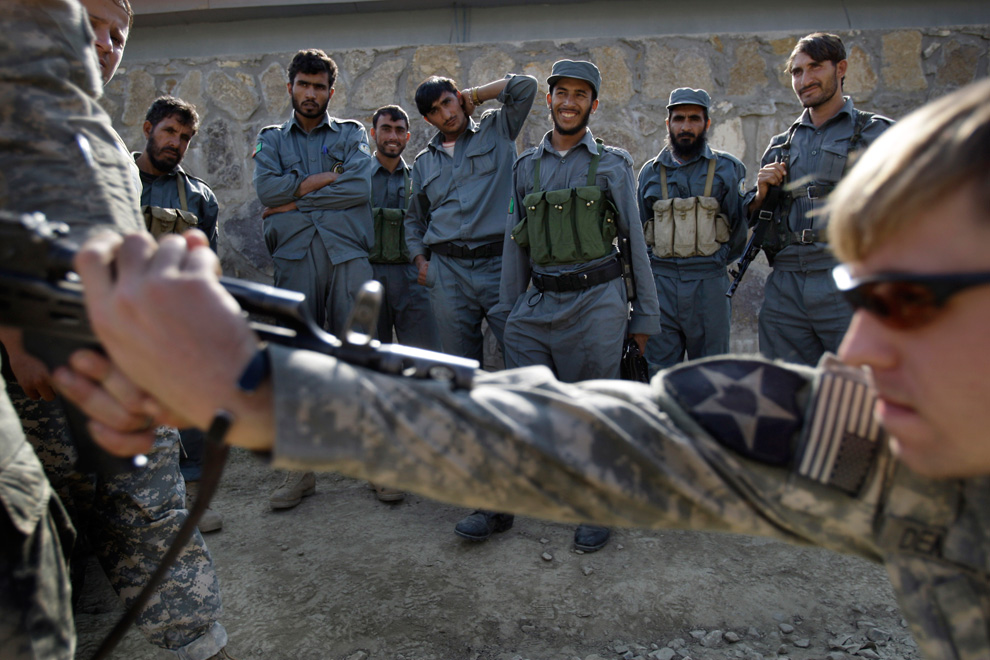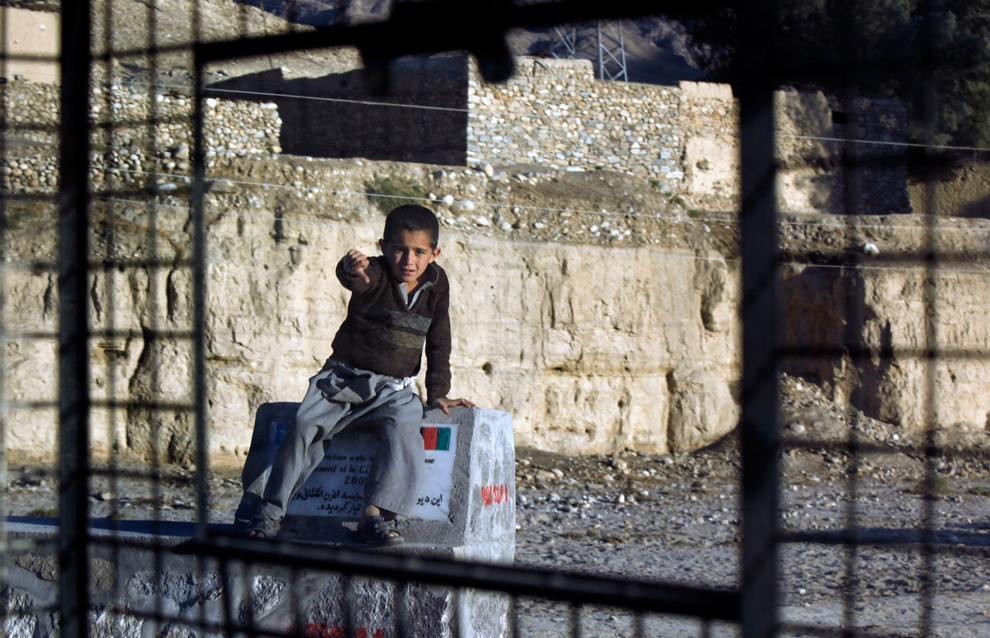Much of the time, photographs provide the ideal pretext for those who would deny the obvious. The gambit goes like this: someone, often a photographer with intimate knowledge of the setting, takes a photograph that is circulated by the press and then used as evidence in political argument. At that point, the defender of the policy being questioned responds by focusing exclusively on the photograph’s evidentiary problems: the image shows only a single event; things might have looked very different a moment before or after; expressions can’t be trusted; much is not being shown; given these problems, the use of the photo is proof of bias. Such objections rightly carry weight as each is true of photography in general and can provide a reasonable basis for skepticism. The problem is that they also are used to deflect deliberation about serious problems, including environmental damage, economic and social decline, and tragic mistakes in foreign policy. Worse yet, these seemingly reasonable caveats can bring one to overlook the facts when they are staring you in the face.

This recent photograph from Afghanistan is a good example of how images can simultaneously both reveal the truth and provide fodder for its denial. The caption at The Big Picture said, “Afghan National policemen look on as U.S. soldier Cpl. Joseph Dement, right, from the 2nd Battalion, 12th Infantry Regiment, 4th Brigade Combat Team, 4th Infantry Division helps train the police on how to apprehend a gunman at an outpost in the Pech Valley of Afghanistan’s Kunar province Thursday, Nov. 5, 2009.” The text is chock full of facts, and so we are cued to see the scene as evidence, but of what?
One obvious answer is that Americans are training Afghan security forces, and that the training reflects the same precision and intensity found in our own superbly prepared troops. But note the verb: the policemen “look on.” And so they do; they look on rather than study intently as if they were committed to the same mission as the US forces, or as if they really expected to be in a situation where they would enage in close combat rather than melt away.
In fact, the photograph is a troubling picture of contradictory extremes that can’t work together and aren’t likely to prevail on their own. On the one hand, there is the American who is entirely focused on the technical precision of the military operation, and oblivious to the complex social scene in which he is embedded. On the other hand, the Afghan policemen represent a social field of diverse personalities and attitudes, not one of which is likely to lead to a well-organized counter-insurgency. It’s as if the photo was from a casting call for two very different B movies: one with American action figures and the other an Afghan sitcom on the order of Hogan’s Heros.
Thus, some can see the photo as revealing a fundamental problem in the American war in Afghanistan–indeed, a problem those of us of a certain age have seen in another war in a place called Vietnam, when we were subject to many years of denial of the obvious at all levels. But you don’t have to take that analogy to see the problem now. For example, Comment #79 at the Big Picture slide show says that this photo “shows pretty well the situation in Afghanistan. The Americans will fail because they can’t stay forever and the moment they leave everything will collapse.”
On the other side, of course, photographs depicting momentary facial expressions are tailor made for those who will seize on the single image to deny the broader picture. Well, there are very few situations where anyone should be persuaded by a single image, and this isn’t one of them. But it also is not a situation where political dissent should be disregarded because it turns to images to provide evidence (a term that comes from the Latin word for seeing). When the “hearts and minds” of the people are a crucial factor in the mission, then photographs of ordinary people caught in accidental moments of time can reveal important truths.

“A young Afghan boy gives the thumbs down to a passing NATO French Foreign Legion convoy near Surobi some 50 kms east of Kabul, Afghanistan,Monday, Nov. 9, 2009” (The Big Picture).
Photographs by David Guttenfelder and Jerome Delay for the Associated Press.
While I agree that the first image should be keyworded with ‘propaganda’,
there are other images in the series of photos taken that day by the photographer that show a more attentive audience or show them actively being trained, rather than just “looking on”: http://www.apimages.com/Search.aspx?sh=10&st=k&remem=x&kw=David+Guttenfelder+afghanistan+Nov.+5%2C+2009&intv=None
In any situation where people are being taught, social dynamics will appear: someone doesn’t want to be in class; or one of the other teachers is trying to undermine the guy giving the demonstration – note how in the photo you’ve posted some of the trainees are looking at someone behind the camera, perhaps they are listening to the interpreter crack a joke.
But I think that the choice of photo says more about paucity of photo research done by the Boston Globe rather than anything about the images of the war in Afghanistan.
For example why is there a photo of an ‘Afghan brick worker’ (# 4) amongst images that are “Collected here are images of the country and conflict over the past month” ?
What relevance does this have to their story about the last month of the conflict and President Obama’s determination to send more troops? Other than being a fresh illustration of the cliche Asia=poor people making bricks by hand.
Regards, Tim